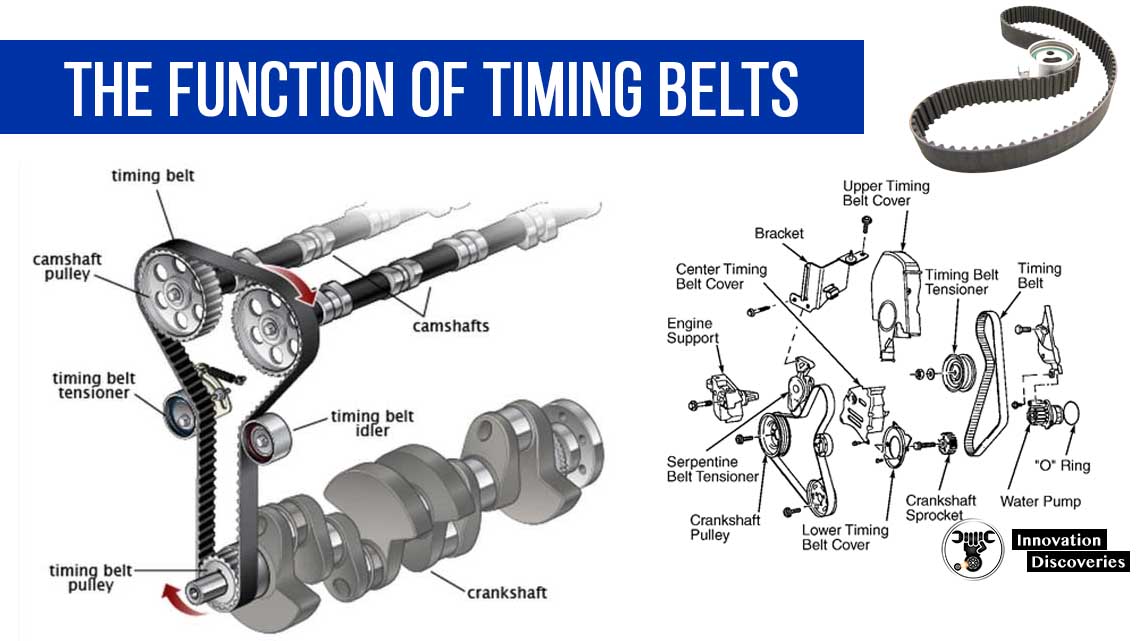
Timing belts allow your vehicle’s engine to operate.
Read More: HOW ENGINE TIMING WORKS
They connect your engine’s crankshaft to the camshaft and play a vital role in controlling the pistons and valves in your vehicle.
DIFFERENCE BETWEEN CRANKSHAFT AND CAMSHAFT
Simply explained, the timing belt is a reinforced rubber band with teeth or notches on the inner side that precisely synchronize the opening and closing of the engine’s valves.
HOW VARIABLE VALVE TIMING WORKS, AND HOW IT MAKES YOUR ENGINE BETTER
As the crankshaft turns, it sets the timing belt in motion.
The timing belt then turns the camshaft and opens or closes each valve and allows the pistons to move up and down.
Read More: WHAT HAPPENS WHEN A TIMING CHAIN BREAKS WHILE DRIVING
For instance, in a four-stroke engine, there are four phases: the intake phase, compression phase, combustion phase, and exhaust phase.
Download: VALVE SELECTION HANDBOOK | PDF
In the intake phase, air and fuel get pulled into the cylinders. This phase the intake valves are open and the exhaust valves are closed.
In the compression and combustion phases, the air and fuel are mixed, compressed, and then ignited by the spark plugs.
During these two phases, all of the valves are closed.
The final stage is the exhaust phase where the air and fuel that remains exits out of the exhaust valve.
Read: IDLE AIR CONTROL VALVE SYMPTOMS – A FULL TECHNICAL GUIDANCE
In this phase the exhaust valves are open and the intake valves are closed.
The timing belt must control all of the opening and closing of the valves and the timing of the pistons throughout each phase.
The timing belt allows each step to occur in the precise order.
Why do you need to replace your engine’s timing belt?
If the timing belt fails, your entire engine will fail.
If a timing belt is worn or stretched, it can throw off the timing of the valves and pistons.
This can cause the pistons to hit a closed valve and damage or bend the valves and pistons.
Again, if a timing belt is worn or stretched, it can disrupt the timing of your engine and cause serious damage to your engine’s valves and pistons, which will lead to a much more expensive repair.
When do you need to replace your engine’s timing belt?
A timing belt typically lasts from 60,000 to 100,000 miles.
The owner’s manual for your vehicle should be followed regarding the replacement of your vehicle’s timing belt.
Replacing a timing belt should be done by a car-care professional only.
It is a difficult process that may require moving other parts in your engine, such as the water cooler.
Then, after the new timing belt is installed, it must be synchronized with the crankshaft and camshaft in order to operate properly and precisely.
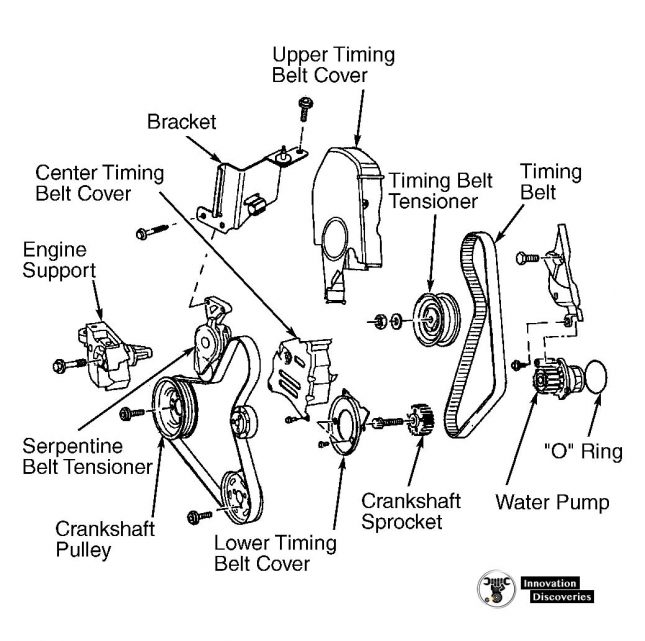
Also, Read:
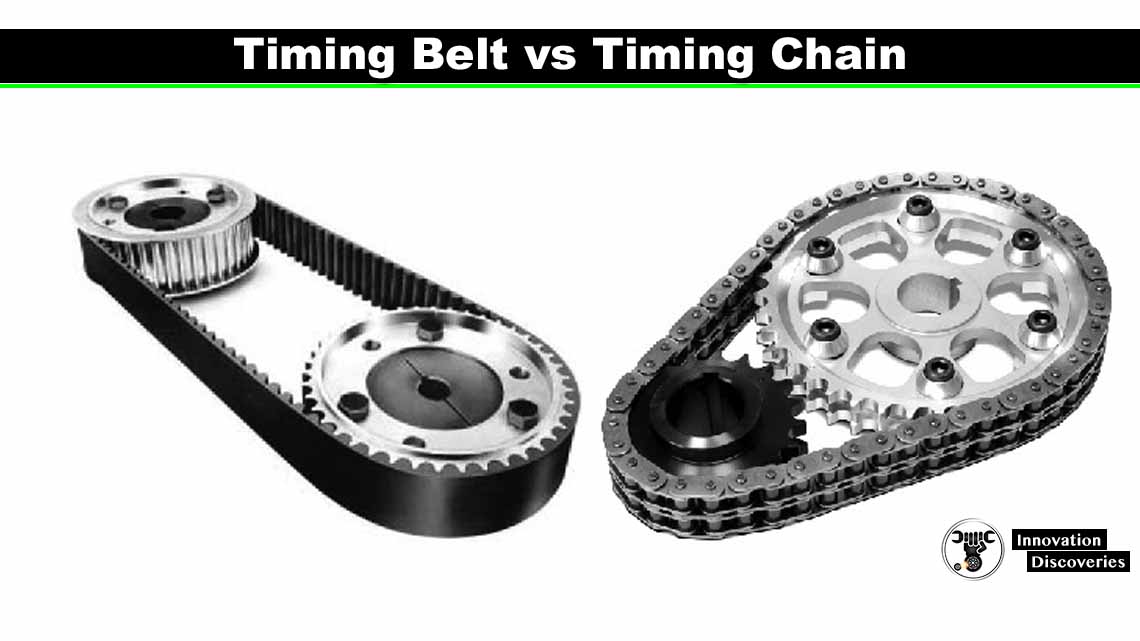
Read More:
- Here’s How You Quickly Stop a Runaway Diesel
- The engine – how it drives its ancillary parts
- Water Pump Replacement
- 5 Reasons Behind Car Engine Vibration
- VALVE TRAIN: COMPONENTS, TYPES AND THEIR FUNCTION
- Symptoms of an Exhaust Leak
Visit Forum
Visit Our Friendly Website


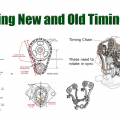
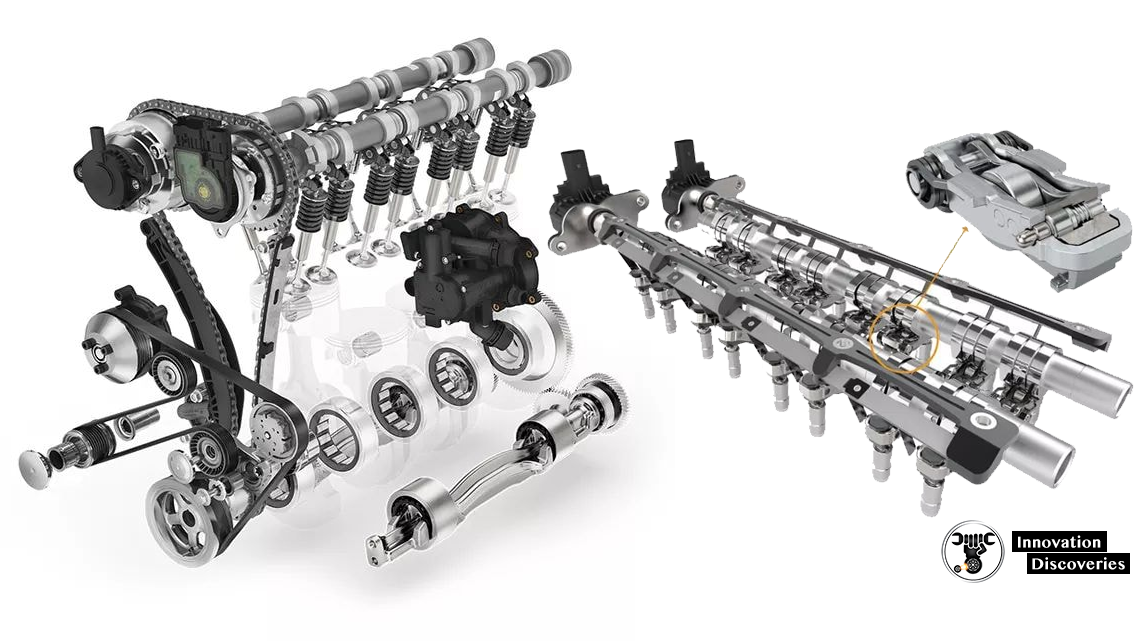
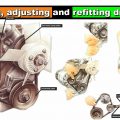

3 Comments